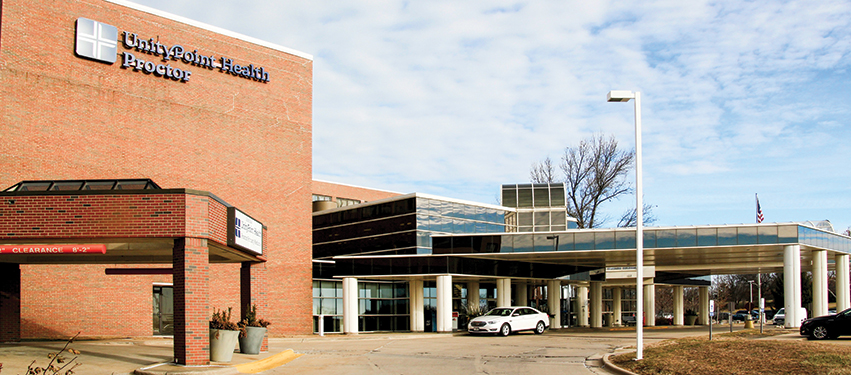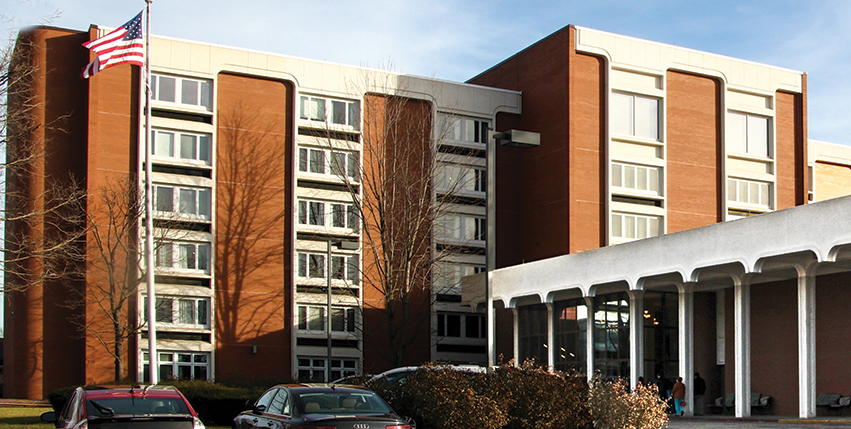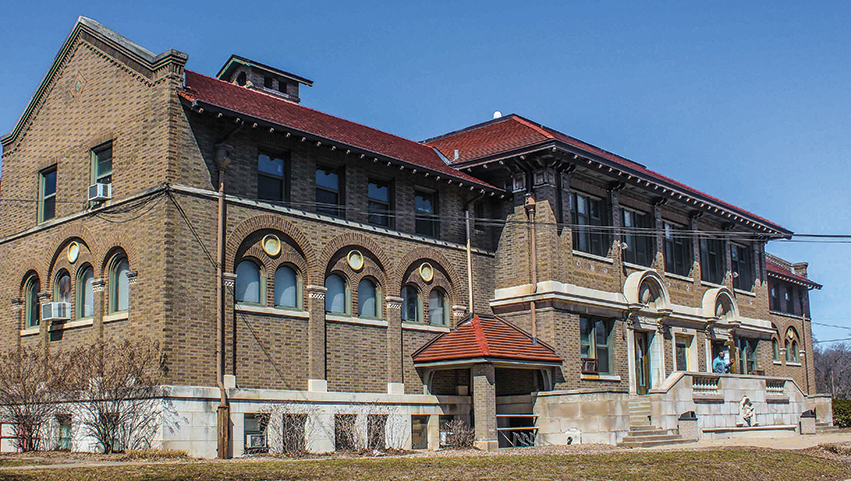
Without the generosity of John C. Proctor, Peoria would look very different today.
John Cleveland Proctor was born on his father's farm in Henniker, New Hampshire on October 11, 1822. At the time of his mother's death, he was the youngest of five children and not quite three years old. His father remarried twice, taking his third wife when John was five years old. Four more children were born after this marriage. When John was 14, his father died and his stepmother eventually remarried.
Several old letters which John and his brothers sent to each other survive, and they reveal that the brothers were educated in various private academies in Henniker and nearby towns, there being no system of public education at the time. The oldest brother, Isaac, stressed the importance of getting an education in his letters. He studied medicine at Dartmouth College, eventually moving to Mississippi to practice his profession.
The three younger brothers continued their schooling and worked at various retail stores in the area, continuing to exchange letters. When he was 16, John was working in one of these stores and enthusiastically wrote his brother, Allen, about his work there, offering details about the merchandise the company was buying for the fall business season, the competition they faced, and the fact that they were selling $500 to $600 worth of goods a day.

His Time in Peoria
In 1841, John moved to Mississippi, where he joined Isaac, and the next year, he decided to move to Illinois. He taught school near Canton for a time, and in 1843, he joined his two brothers, Allen and Francis, who had moved to Peoria. Allen and John manufactured fanning mills, used to winnow grain. The business prospered, but in 1850, John saw an opportunity to engage in a retail lumber business, which eventually became the John C. Proctor Lumber Company. He prospered in that work as well.
John and 41 other citizens of Peoria agreed to form a new national bank, which opened for business as The First National Bank of Peoria on December 26, 1863. John was named one of the bank’s nine directors. In 1875, during a severe economic depression, Hervey Lightner, the bank president, resigned. John was elected as his successor, and for the next 18 years, the bank built up a healthy surplus of reserves under his intelligent leadership. It was ready for the next economic panic, in 1893, which it successfully weathered. John remained as bank president until he retired at age 84 in 1906.
John never married and lived nearly his entire time in Peoria at the home of his brother, Allen. His investments, which included several farms in Illinois, prospered, and in 1883, he donated enough money to purchase a building and the equipment for a 100-bed hospital on Second Street, known as Cottage Hospital. He later donated property to establish a nursing school and to endow the hospital with several properties, which provided income for the institution. After he died, its name was changed to Proctor Hospital in his honor.

The Proctor Endowment
Mr. Proctor made his will in 1904, in which he established the John C. Proctor Endowment. He built the original Proctor Home on Spring Street in 1906, moving into the institution as one of its first residents. In failing health, he lived there only a few months before passing away on June 22, 1907. The first Board of Trustees named in his will included one nephew, Charles S. Proctor, and six other business associates and friends, including his associate at First National, William E. Stone, Jr.
So a boy who loses his father and mother at a young age, who relies on the advice and love of his brothers and sisters, joins in the westward migration and settles in a small Midwestern river town. He is honest and hardworking, and achieves enormous success in his work and life, contributing greatly to the success of his adopted home city.
The Proctor Endowment, which established the Proctor Home as well as the Proctor Recreation Center and Proctor Hospital, would never have come into existence without John Cleveland Proctor and his generosity. Without him, Peoria would look very different. iBi
This article originally appeared in the November 2016 newsletter of Proctor Place and is reprinted with permission.

